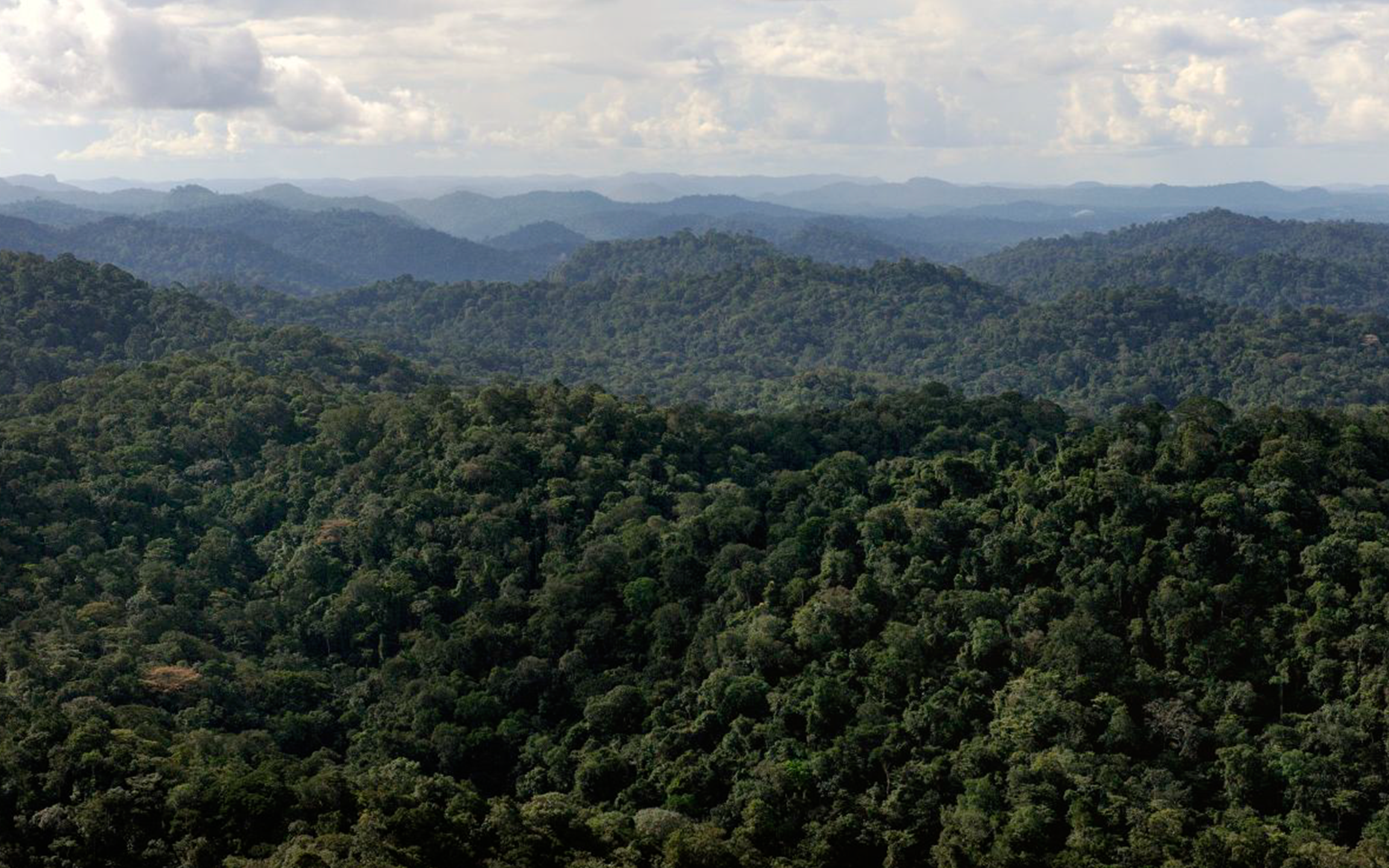- Title: Dissecting Amazonian Diversity by Enhancing a Multiple-taxa Approach (DIADEMA) Project
- Principal Investigators: Christopher Baraloto
- Funding Amount: $800,000
- Funding Source: Labex Ceba, ANR France and the French Guiana Regional Government
- Timeline: Ongoing
Tropical diversity is extraordinarily high both French Guiana and the Amazonian basin. In addition, there is a significant change over time in the types of species that live across these areas. Yet, we still know little about the factors underlying species distributions for most species groups.

Our project aims at providing a comprehensive evaluation of tropical biodiversity across broad geographic and environmental gradients in French Guiana. We integrate data for eight species groups: plants, arthropods, amphibians, large animals, fish, freshwater invertebrates, earthworms and fungi. Studying these groups simultaneously for the same sites for the first time, we are generating databases and modeling approaches that contribute to an increased understanding of the factors that influence species change over time in the most diverse ecosystems on earth.
These data are essential for regional estimates of biodiversity, to assist policy makers to choose protected areas across the region, and to improve models of biodiversity dynamics in response to climate and land use change scenarios.
Team
Principal Investigator
Christopher Baraloto
Professor; Associate Director, Institute of Environment
305-348-4027, 305-442-7169x101
cbaralot@fiu.edu
OE 243, VH 137
Other Contributors
- Labex CEBA
- UMR ECOFOG
- CNRS
- Parc Amazonien de Guyane
